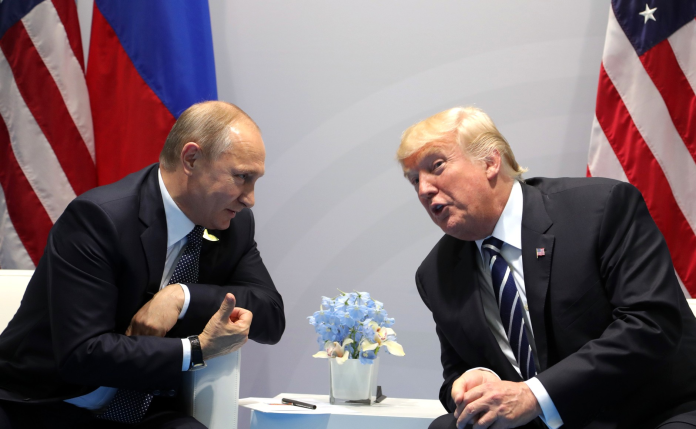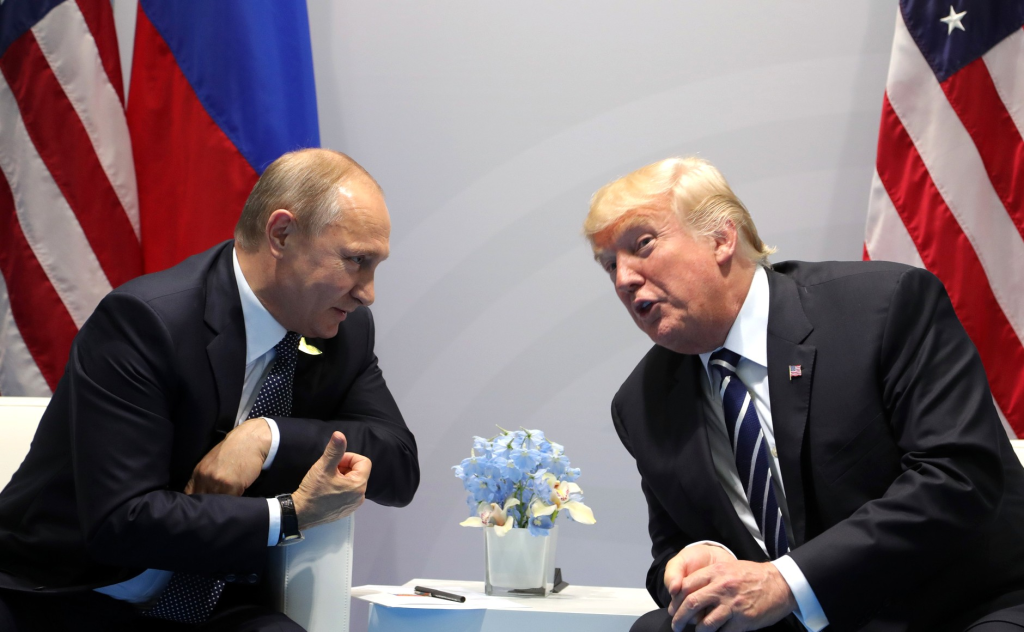
The selection of Joint Base Elmendorf-Richardson in Anchorage as the venue for President Donald Trump to meet with Russian President Vladimir Putin is symbolic imagery-rich. This former Soviet-era bomber outpost in Alaska is home to some of the world’s most sophisticated fighter planes except this Friday, it will be the venue for talking out the Ukraine war’s end.
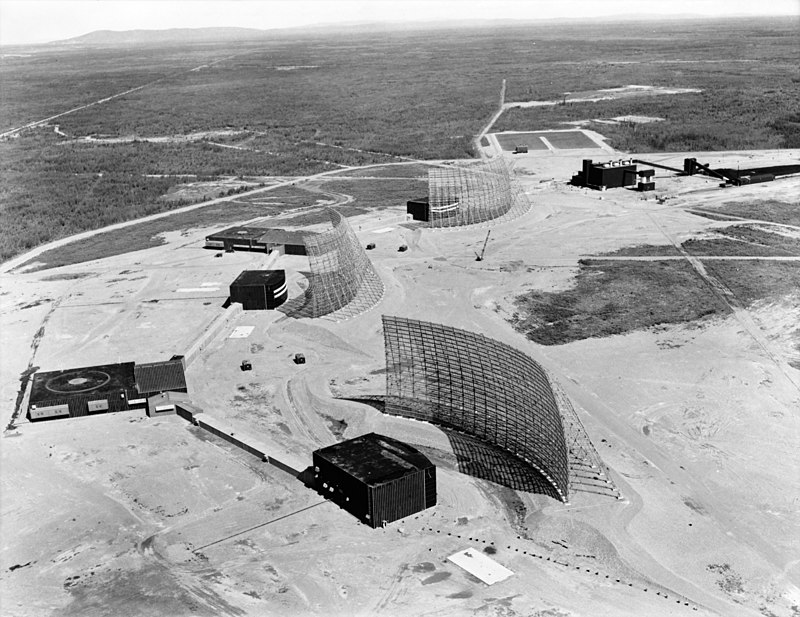
1. A Cold War Outpost Becomes a Diplomatic Platform
Founded in 2010 through the consolidation of Elmendorf Air Force Base and Fort Richardson, the origins of the base date back to when Alaska provided the “Top Cover for North America.” And during the Cold War, its planes and radar systems were responsible for identifying and intercepting Soviet incursions, a mission conceived in geography at its nearest point, Alaska is only two miles from Russia through the Bering Strait. This location made it the natural anchor point for the Ballistic Missile Early Warning System and the Distant Early Warning Line, which were to provide hours of warning prior to any hypothetical nuclear attack.

2. The Legacy of Site Summit and Nike-Hercules Missiles
Looking down over the city of Anchorage, Site Summit was a Nike-Hercules missile base that operated from 1959 until 1979. It was constructed with $10 million of Cold War dollars, and it could launch supersonic missiles that were intended to deliver nuclear warheads to destroy enemy formations of bombers. The complex featured engineering provisions for Alaska’s subarctic environment hot blast pads, buried utility tunnels, and ice-protected radar domes. Live-fire exercises from 1960-1963 were visible from the city below, a public demonstration of preparedness that underscored the gravity of the Soviet threat.
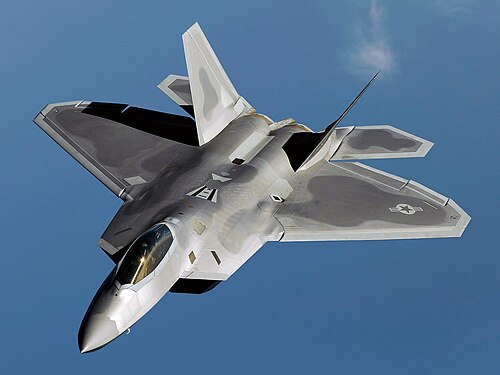
3. Contemporary Defense: The F-22 Raptor’s Role
Joint Base Elmendorf-Richardson now shelters F-22 Raptor units, the USAF’s finest fifth-generation stealth fighters. The F-22’s stealthy radar-evading design, supercruise capacity, and integrated avionics are perfectly adapted for intercept duties in the vastness of the Arctic.
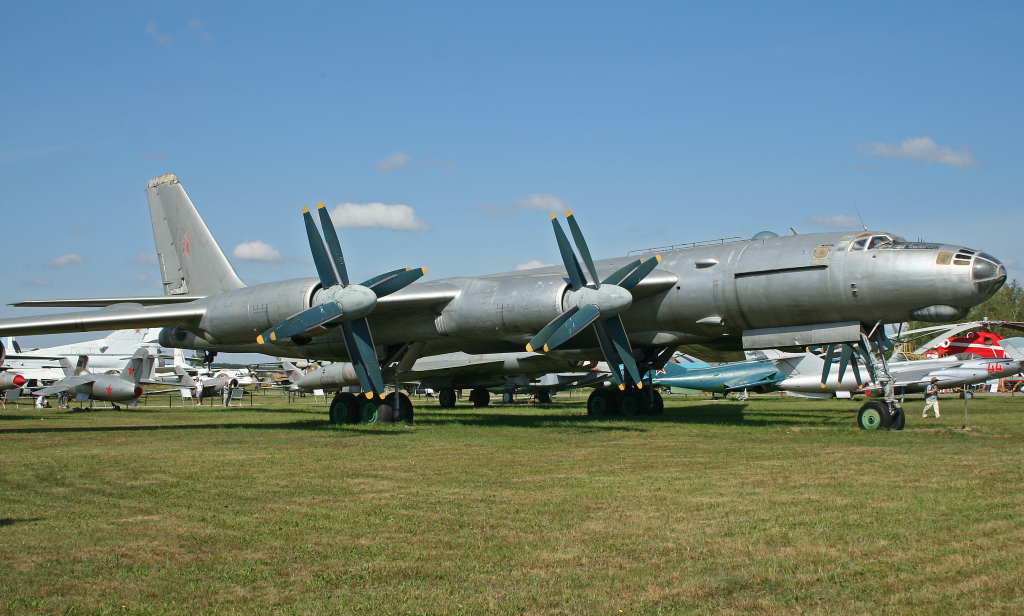
Supported by KC-135 Stratotankers for extended range and E-3 AWACS for airborne control and command, F-22s intercepted Russian Tu-95 bombers and Su-35 fighter aircraft in the Alaskan Air Defense Identification Zone as recently as July 22, 2025.

4. NORAD Layered Defense Network
The North American Aerospace Defense Command (NORAD) is a U.S.-Canadian military organization that combines satellites, land-based radar, and fighter aircraft into a layer defense system. Its purpose goes beyond deterrence, continuing Temporary Flight Restrictions over National Security Special Events like this summit. “NORAD uses a multi-layered defense system of satellites, radar, and fighter aircraft to find and react to possible threats,” Captain Rebecca Garand explained, referencing the system’s ability to sort careless from adversarial airspace incursions.

5. Cold War Radar Engineering and Missile Detection
Cold War radar installations in Alaska were engineering marvels. The AN/FPS-92 track radar at Clear Air Force Station, located in a 141-foot radome, would survive 7.0 magnitude earthquakes and 180 mph wind gusts. Operating on two-beam parabolic reflectors and Klystron tube amplifiers, it would be able to compute the trajectory, impact zone, and launching point of an incoming missile in minutes timely notice for the Strategic Air Command’s response. These systems developed into today’s Long Range Discrimination Radar meant to track a number of small objects in space to kill ballistic and hypersonic threats.

6. Geopolitical Irony and Security Protocols
The trip is a historical moment for Putin because a Russian leader steps foot on Alaskan soil for the first time since the United States purchased Alaska in 1867. Such military veterans as retired Maj. Gen. Scott Clancy are not blind to the irony, having commented, “the cloth used to capture and defend North America will now be used to guard the Russian president for this forthcoming summit.” The U.S. Secret Service will function hand-in-glove with NORAD, perhaps even in cooperation with Russian security if escort protocols demand.

7. The Ukraine War Context
The session comes against the backdrop of strained ceasefire talks. Trump has suggested “land swaps,” and Ukraine could cede some of the territory held under occupation, something Kyiv opposes as being in violation of the constitution. French President Emmanuel Macron stated Trump was “very clear” in calling for a ceasefire, although European leaders are cautious about any agreement that would favor Moscow.
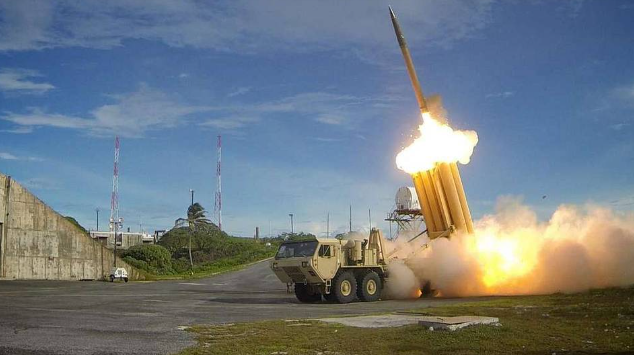
Here, the decision to use a facility constructed to respond to Russian power efforts deterrence and to negotiate is important. The Anchorage site is therefore not only a conference location it is a living reminder of Cold War planning, missile defense capacity, and Arctic air power, recycled for the purpose of a diplomatic conference that could signal the start of the next chapter in United States-Russia relations.
